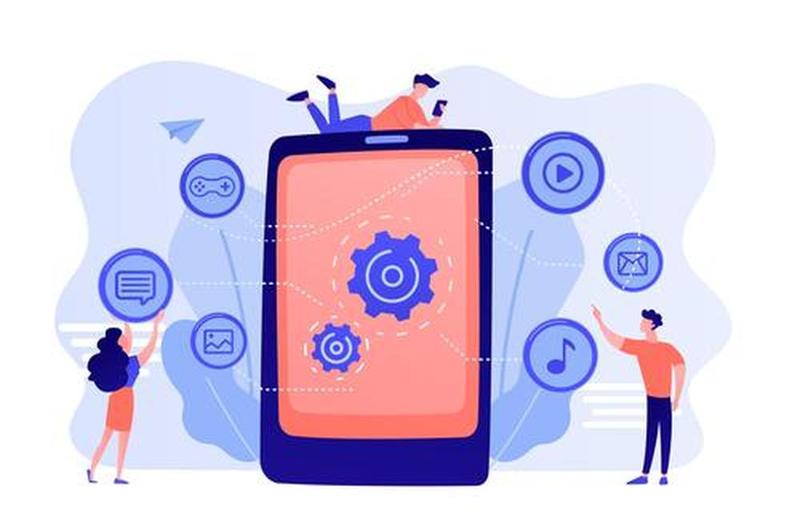Services Artificial-intelligence Chatbots
Chatbots, also known as virtual assistants or conversational agents, are computer programs
designed to simulate human conversation through text or voice interactions. They are a form of
artificial intelligence that uses natural language processing (NLP) and machine learning
algorithms to understand and respond to user queries. Chatbots have become increasingly
popular in recent years as businesses and organizations look for new ways to engage with their
customers and improve their overall customer service experience.
Natural language processing (NLP) technology allows chatbots to understand and respond to
human language, making them more intuitive and user-friendly. Chatbots can also be
programmed to learn and improve over time, making them even more effective at handling
customer queries and providing personalized recommendations.
Types of Chatbots
There are two main types of chatbots:
Rule-based chatbots: this type of chatbots follow a predefined set of rules and responses based on the
keywords or phrases used by the user. They are relatively simple to set up and require less computational resources
compared to AI-powered chatbots. However, they are limited in their ability to handle complex queries and may not
provide accurate responses in some cases.
AI-powered chatbots: on the other hand, use machine learning algorithms to analyze and understand user
queries and provide relevant responses. They can learn and improve over time based on user feedback and interactions
with the system. This makes them more sophisticated and capable of handling complex queries and providing personalized
recommendations. However, they require more computational resources and may be more difficult to set up compared to
rule-based chatbots.
Advantages of Chatbots
Chatbots have the potential to revolutionize the way businesses and
organizations interact with their customers. As NLP and machine learning technologies continue
to advance, chatbots are likely to become even more sophisticated and capable of handling a
wider range of queries and tasks. By leveraging the power of chatbots, businesses can provide
faster, more efficient, and more personalized customer service, leading to increased customer
satisfaction and loyalty.
One of the main advantages of chatbots is their ability to understand and respond to human language. Chatbots provide
24/7 customer support without the need for human intervention.
Chatbots can also be integrated with existing systems to improve efficiency and reduce
operational costs. For example, a chatbot can be integrated with a company's inventory
management system to allow customers to check the availability of a product and place an order
directly through the chatbot. This not only improves the customer experience but also reduces
the workload on the company's customer service team.
Another benefit of chatbots is their ability to collect and analyze data. Chatbots can collect and analyze
data from customer interactions, such as their preferences and buying habits. This information can be used to
personalize future interactions and provide customers with more relevant recommendations and offers. Additionally,
chatbots can identify trends in customer behavior and preferences, which can be used to improve marketing strategies
and product offerings.
Challenges of Chatbots
However, there are also some challenges and limitations associated with chatbots. One of the main challenges is
ensuring that the chatbot provides accurate and relevant responses to user queries.
This requires continuous monitoring and updating of the chatbot's algorithms and knowledge base.
In addition, chatbots may struggle to understand complex queries or slang and may not be able to provide the same
level of empathy and understanding as a human customer service representative.
There are also challenges to their implementation: One challenge is ensuring that chatbots are designed and programmed
to be ethical and unbiased. Another challenge is ensuring that they are secure and protect customer data.
Applications of Chatbots
Chatbots can be used in a variety of applications and industries:
In customer service: they can be used to provide instant support and answer common queries, reducing the
need for customers to wait on hold or wait for a response to their email or social media message.
In e-commerce: chatbots can help customers find products, place orders, and track their shipments. This not only
improves the customer experience but also reduces the workload on the company's customer service team.
In healthcare: chatbots are being used to improve patient care. They can be used to provide information about
medical conditions, answer common questions, provide personalized health recommendations, and schedule appointments.
Chatbots can also be used to monitor patients remotely, providing doctors and nurses
with real-time updates on their condition and any changes in their health.
One of the most popular applications of chatbots is in the banking and finance industry.
Chatbots can help customers check their account balances, transfer funds, and even apply for loans or
credit cards. They can also provide personalized investment advice based on a user's financial
goals and risk tolerance. This has led to improved customer service and reduced wait times for customers.
In education: chatbots can be used to provide students with personalized learning experiences and support.
In other industries such as retail, travel, and hospitality, chatbots can be used to provide customers with
personalized recommendations, book reservations, and handle customer inquiries.
Chatbots are becoming an increasingly important tool for businesses and organizations looking to improve customer service,
efficiency, and data analysis. They offer a range of benefits, from reducing operational costs to providing personalized
recommendations and improving customer loyalty. As chatbot technology continues to advance, it is expected to see even more
sophisticated and effective applications in a variety of industries. However, it is important to approach their implementation
with caution and ensure that they are designed and programmed to be ethical, secure, and effective.






